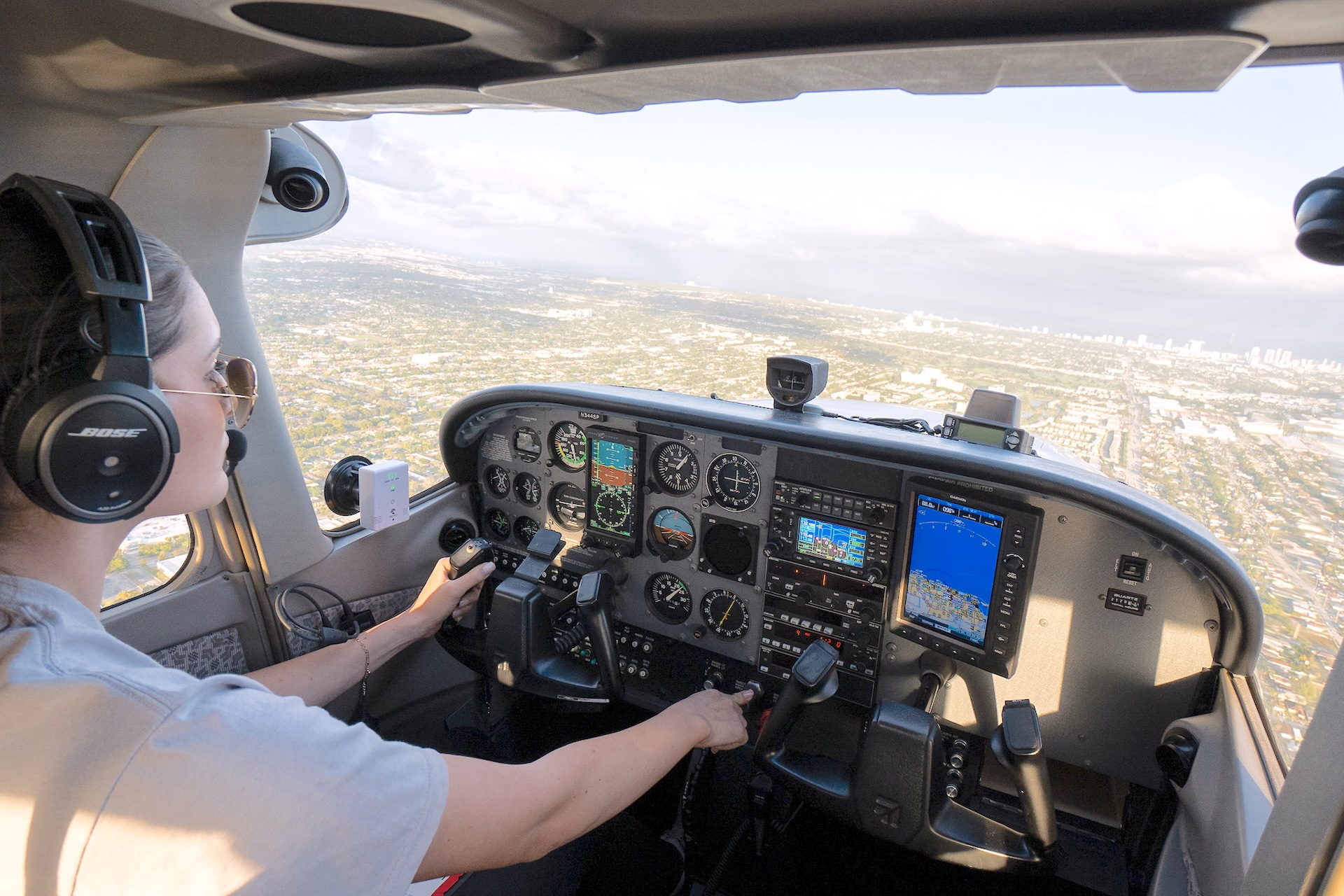
Understanding FAA Regulations Every Student Pilot Should Know
Published by:
Georgette Poulos
Embarking on the journey to becoming a pilot is an exciting and rewarding experience. However, before you can take to the skies with confidence, it’s crucial to understand the Federal Aviation Administration (FAA) regulations that govern flight training and pilot certification. These regulations ensure safety, standardization, and accountability for all pilots in the United States. Here’s a breakdown of the key FAA regulations every student pilot should be familiar with.
1. Pilot Certification: 14 CFR Part 61
FAA regulations for pilot certification are outlined in 14 CFR Part 61 (Read More). This section details the requirements for obtaining various pilot certificates, including the Student Pilot Certificate. Some key points include:
- Eligibility: You must be at least 16 years old (14 for gliders and balloons) and able to read, speak, write, and understand English.
- Medical Certification: Most student pilots need at least a Third-Class Medical Certificate, obtained through an FAA-designated Aviation Medical Examiner (AME) (Find an AME).
- Flight Training Requirements: The regulation specifies minimum flight hours, training maneuvers, and checkride requirements for obtaining higher-level certifications, such as a Private Pilot License (PPL).
2. Student Pilot Limitations: 14 CFR Part 61.89
While holding a Student Pilot Certificate, there are certain restrictions to be aware of:
- No carrying passengers.
- No flying for compensation or hire.
- No flying in Class B airspace without specific training and an endorsement from a Certified Flight Instructor (CFI).
- No flights in conditions requiring visual flight rules (VFR) minimums.
Read more about student pilot limitations in 14 CFR Part 61.89.
3. Flight Rules: 14 CFR Part 91
This section governs the general operating and flight rules applicable to all pilots. Some essential topics include:
- Weather Minimums: Defines visibility and cloud clearance requirements for VFR flights.
- Preflight Responsibilities: Ensures pilots conduct proper weather briefings, fuel planning, and aircraft inspections.
- Right of Way Rules: Outlines who has the right of way in different flight scenarios.
- Emergency Procedures: Provides guidance on in-flight emergencies and aircraft operations.
For a complete list of flight rules, visit 14 CFR Part 91.
4. Aircraft Maintenance and Inspections: 14 CFR Part 43 & Part 91.409
Even as a student pilot, you must ensure your training aircraft meets FAA maintenance requirements, including:
- Annual Inspections: Required for all aircraft operating under general aviation.
- 100-Hour Inspections: Required for aircraft used for hire, including flight training.
- Preflight Inspections: Before every flight, pilots must perform a thorough check to confirm airworthiness.
Learn more about aircraft maintenance in 14 CFR Part 43.
5. Airspace Regulations: 14 CFR Part 71 & 73
Understanding airspace classifications and restrictions is crucial for student pilots:
- Class A Airspace: Reserved for instrument flight rules (IFR) flights at altitudes above 18,000 feet.
- Class B Airspace: Surrounds the busiest airports and requires ATC clearance to enter.
- Class C and D Airspace: Found around mid-size and small airports, requiring radio communication with ATC.
- Restricted & Prohibited Areas: These areas have restrictions due to national security or military operations.
For more on airspace classifications, visit FAA Airspace Guide.
6. Aeromedical Factors: 14 CFR Part 67
Your medical fitness is an essential aspect of being a safe pilot. This regulation covers:
- Medical Certification Classes: The FAA has First, Second, and Third-Class Medical Certificates, each with different privileges and duration.
- Disqualifying Conditions: Some medical conditions (e.g., severe heart conditions, epilepsy) can disqualify a pilot from obtaining a medical certificate.
- IMSAFE Checklist: A personal checklist pilots use to assess their fitness before flying:
- Illness
- Medication
- Stress
- Alcohol
- Fatigue
- Eating
Learn more about medical requirements in 14 CFR Part 67.
7. Knowledge and Practical Exams: FAA Testing Standards
To become a Private Pilot, you must pass:
- The FAA Knowledge Test: A written exam covering aerodynamics, regulations, weather, and navigation. (More on FAA Knowledge Test)
- The Checkride (Practical Test): A flight test with a Designated Pilot Examiner (DPE) to evaluate your flying skills and knowledge. (FAA Practical Test Standards)
Conclusion
Understanding FAA regulations is a critical part of becoming a safe and competent pilot. While regulations may seem overwhelming at first, learning them gradually throughout flight training ensures you develop strong aeronautical decision-making skills and confidence in the cockpit.
At Sun City Aviation, we ensure that our students not only pass their exams but fully grasp the principles behind these regulations. If you’re ready to start your journey in aviation, contact us today to learn more about our flight training programs!
For more aviation tips and updates, visit our blog at suncityaviation.com/blog.
Choosing the right flight school is a crucial step in your aviation journey. At Sun City Aviation Academy, we provide flexible, personalized training through our Part 61 program. Whether you’re just starting or looking to advance your skills, our experienced instructors are here to guide you every step of the way.
If you’re ready to begin your flight training or want more information, contact us today. Sun City Aviation Academy is committed to helping you achieve your aviation dreams.
.CmJjN6T4_Z16l6w6.webp)